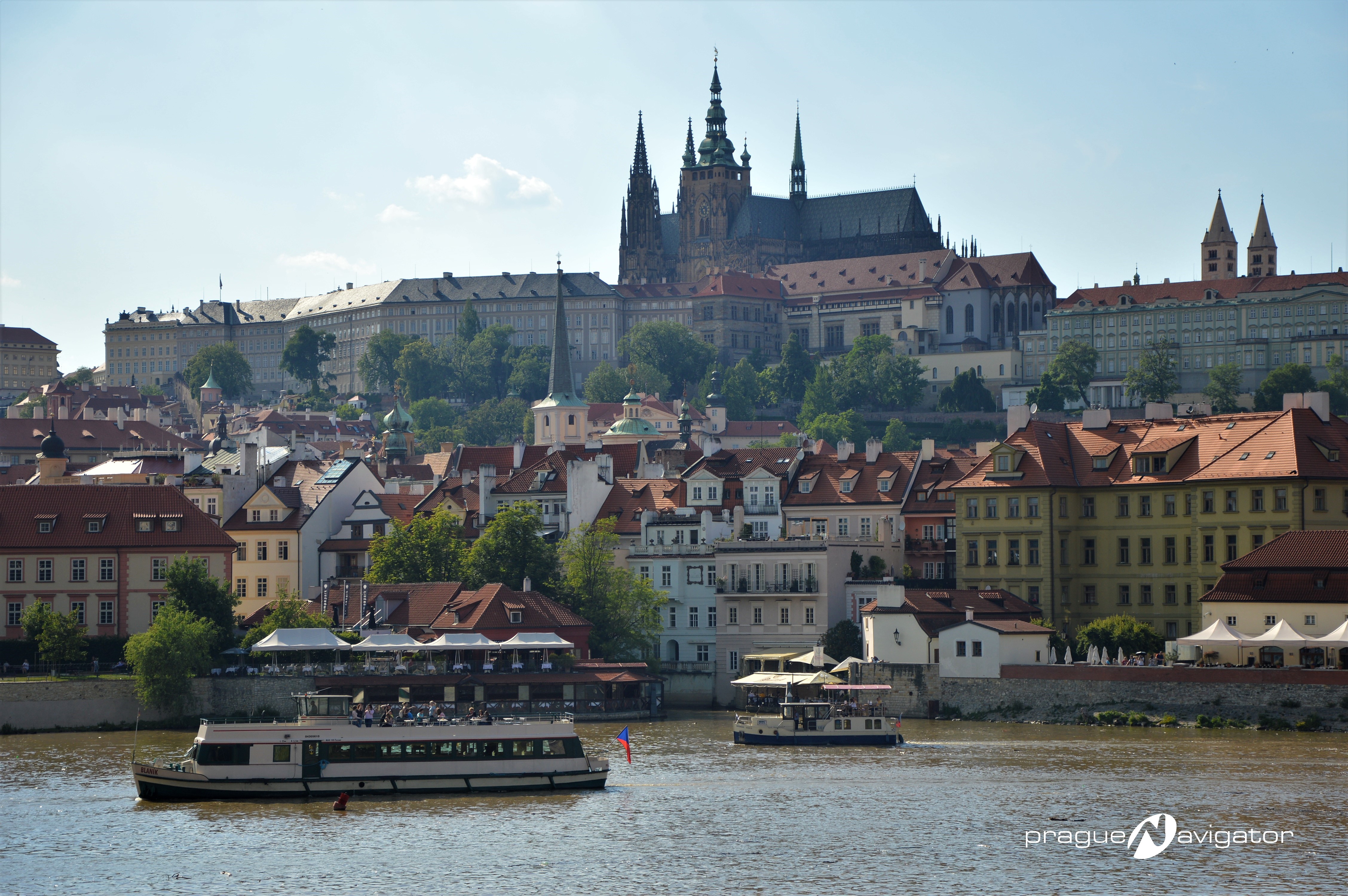- Your Online Prague Guide by locals – Follow us:
Prague Castle – what to see there

Charles Bridge, full of artists
July 2, 2018
Potěšení vůní – PLEASURE OF PERFUMES
July 24, 2018Prague Castle – what to see there
At Prague Castle you can visit
In summer season you can also see
Old Royal Palace
The original residence building, mostly wooden, was built at Prague Castle already at the turn of the 9th and 10th century. Its exact location is not documented. It was prince Soběslav in the 12th century who had a stone Romanesque palace built right next to a new fortification wall. Remains of it have been preserved in the underground till the present times. The palace was adjoined on its eastern side by All Saints’ Chapel, which was consecrated in 1185.
Powder Tower Mihulka
A passage-way running from Vikarska street affords access to the northern bailey of Prague Castle with the tower called Mihulka, built in the late 15th century as a part of the new bulwarks designed by Benedikt Ried. The name “Mihulka” evidently originated in the 19th century. Previously the structure has been successively called the New Tower, the Round Bastion, the Laboratory or the Swedish Laboratory, and the Powder Tower
The Powder Tower was the largest of the cannon towers, but its defence qualities were never put to the test. In the 16th century it was inhabited by the bell-founder and metal-founder Tomas Jaros (the creator or the Singing Fountain in the Royal Garden). At the time of the Emperor Rudolph II, an alchemist’s workshop, later a gunpowder storehouse existed here. Up to the 20th century the dwelling quarters of the sacristans of St. Vitus Cathedral were situated in Mihulka.
Now the tower houses the permanent exhibition of Castle Guard.




